 Each system is different from the others, operates under its own conditions and responds to the specific needs of a production plant. The selection and correct application of the components of a refrigeration plant require a technical study presented by a qualified specialist with extensive experience.
Each system is different from the others, operates under its own conditions and responds to the specific needs of a production plant. The selection and correct application of the components of a refrigeration plant require a technical study presented by a qualified specialist with extensive experience.
By: José Ignacio Melo*
The preparation of personnel for the handling, maintenance and operation of equipment is another characteristic of industrial refrigeration.
A system must be identified with the specific functions for which it is intended, whether pre-cooling, rapid cooling, freezing, tempering, maturation, drying, dehydration or other characteristics.
For a new project or the expansion of a refrigeration facility, investments are required to adapt to production needs, improve the overall efficiency of processes, reduce energy costs or innovate technology.
The proper application and selection of the elements of a refrigeration system for a particular industrial plant is the result of the experience and good judgment of the engineers in charge of the project. A refrigeration plant must produce the requested cooling capacity under the correct conditions of temperature, humidity, air velocity and air quality adjusted to the requirements of the production requirements.
Technical and economic convenience
Product losses that occur during cooling and freezing processes, losses due to physical damage, deterioration or breakage of product or losses due to dehydration are widely known. They occur in any process but can be minimized. Poor design raises losses to 3% or 4% of production, while proper design can reduce them to less than 1%.
Economic considerations affect the type of system and equipment that can be presented for consideration by an investor or the financial manager in the company. Perhaps they are the most important, especially the cost-benefit analysis of the investment. An investor can look for the lowest upfront cost, the best form of payment, or the lowest overall cost including operation and maintenance for a convenient period.
In energy aspects, the plants must be designed or renovated with specific objectives, aimed at reducing energy consumption and increasing the total efficiency of the installation. Within these energy goals, there are a large number of feasible projects such as:
- Replace small and medium individual systems with an ammonia system.
- Replace old insulation of pipes and refrigerated chambers with new materials of high insulating factor and non-contaminants .
- Transform low temperature single compression systems by double stage or cascade systems.
- Change old compressors, to obsolete piston or screw, to control energy consumption according to operating conditions in real time.
- Add economizer to existing screws, if you are at the top of your capacity most of the time. Install oil cooling by thermosyphon.
- Install oil or refrigerant recycling systems according to the cado.
- Transform the defrosting of evaporators to use hot gas.
- Install intelligent control for automatic system operation.
- Many other options based on the needs of your plant.
When a system meets demands
A competitive company seeks to integrate the future of the organization into a planned, structured and harmonious project. A short-term company thinks in terms of solutions in sight, it is installing each equipment that production requires or that is offered at opportunity cost.
An industrial refrigeration project must coordinate and integrate in a single system both the equipment, refrigeration and its networks with the control system and plant production. Therefore the design engineer must understand the product, origin, magnitude and characteristics and the interaction of the different load factors, their assimilation and elimination by the cold system. Each quarter or process of the production chain has individual characteristics.
The industrial refrigeration engineer in charge of a project of any size will seek to successfully anticipate reality. To achieve this, you must consider the aspects that are presented to you. Define the problem as a first step. Be able to anticipate the performance of the system in the face of weather conditions or outdoor environment and the thermal load conditions of plant processes. The cooling system must meet the maximum demands presented at any time and operate correctly under all conditions of partial thermal load.
The information required should include:
a. Financial capacity of the company and objective of the investment
b. Installation Information
- Objective or purpose of the system
- Location
- Construction plans and building characteristics
c. External environmental conditions
- Dry and wet bulb temperatures
- Relative humidity
- Wind speed and direction
- Exposure to sun loads
- External protection of facilities
d. Load analysis of products and processes
- Production flows
- Conditions of entry and exit
- Cooling or freezing rate
- Packaging, storage and handling.
e. Other loads for the cooling system.
- Regimes of operation of machinery and equipment.
- Lighting
- Operators
- Other
f. Plant availability for the refrigeration system.
- Electrical energy. Characteristics of forces and lighting
- Drinking water. Conditions of hardness and concentration of solids.
- Utility networks of condensing water, compressed air, gas, etc.
- Spaces built or intended for equipment and networks.
g. Other benefits and purposes sought with the installation.
Environment and safety
The installation must be fully integrated with its environment and environment seeking a very normal and humanized operation, complying with regulations, standards and codes, especially regarding the disposal of heat, liquids and vapors into the environment and the sound effect of the equipment that makes up the system.
Consideration of control and safety aspects for people is of the utmost importance. The preparation of personnel in the handling, maintenance and operation of equipment characterizes industrial refrigeration. The potential risk grows, not only because of the installation itself, but also because of the lack of knowledge and poor preparation of the staff.
Phases of a project
The stages of carrying out a project include:
a. The diagnosis or formulation of requirements
b. Product and process analysis
c. Process flowchart
d. Calculation of capacities
e. System design, equipment and material specifications
f. Supply and installation contracts
g. Assemblies of networks, equipment and insulation
h. Commissioning, testing, adjustments
i. Training of personnel in charge of operation.
These steps ensure a refrigeration installation adjusted to the needs of each of the projects proposed.
*José Ignacio Melo is a consultant in air conditioning and industrial refrigeration. You can be contacted at the mail [email protected]










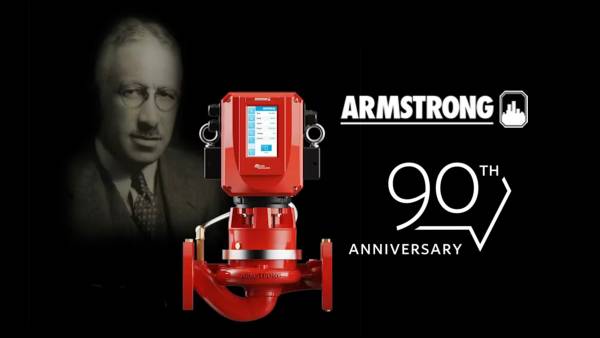
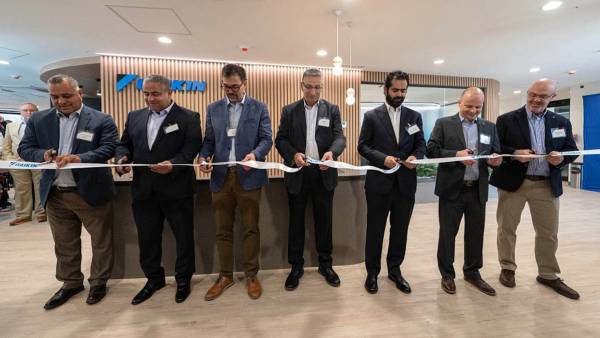
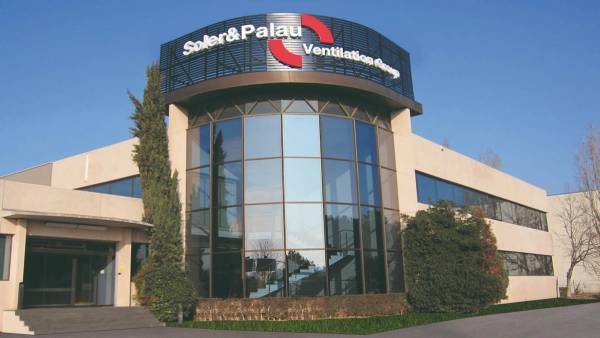
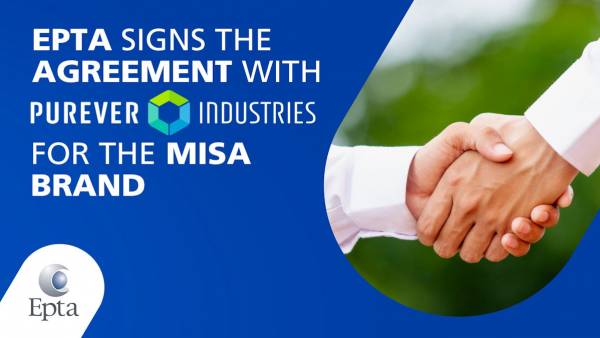
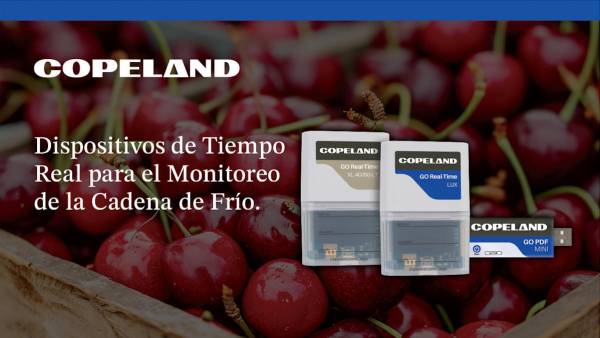
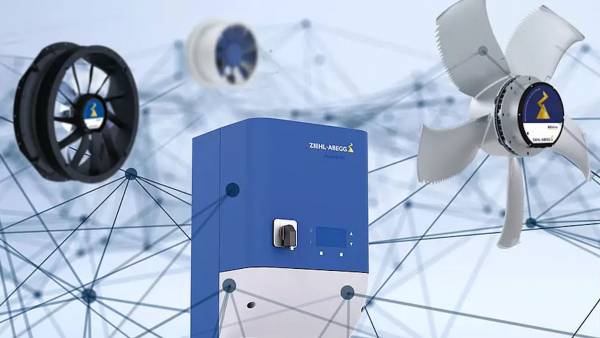
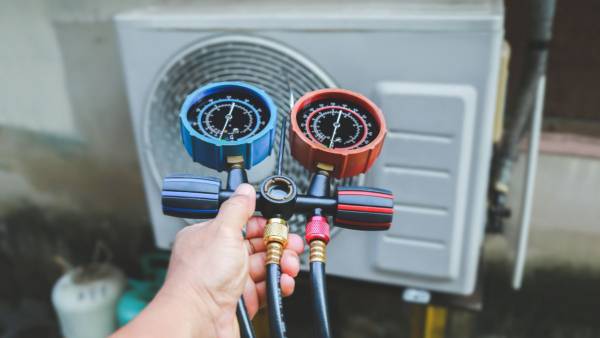







Leave your comment